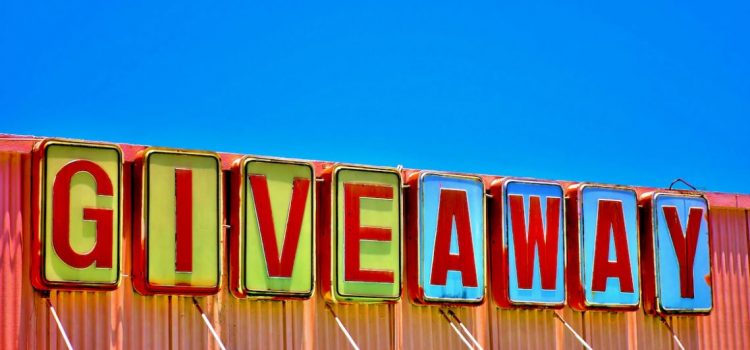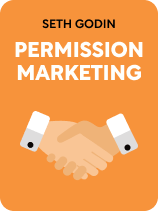

This article is an excerpt from the Shortform book guide to "Permission Marketing" by Seth Godin. Shortform has the world's best summaries and analyses of books you should be reading.
Like this article? Sign up for a free trial here.
Is freebie marketing a smart approach? If so, how and when should it be done?
In Permission Marketing, Seth Godin recommends opening a line of communication with consumers by offering them valuable freebies in exchange for their contact information. This is the first step in his three-part permission marketing strategy.
Continue reading to learn how to break the ice with prospective customers by giving out freebies.
Freebie Marketing
Your first goal when starting a permission marketing campaign is to get consumers’ permission to send information about your brand directly to them. Godin acknowledges that permission marketers must initially resort to Interruption Marketing to make first contact with consumers and request their permission for later marketing materials. This initial advertising isn’t meant to build brand trust—just to attract consumers to the messages that will. Run advertisements that direct consumers to your permission marketing channel—for instance, a YouTube advertisement telling viewers to sign up for your email list.
To incentivize consumers to give you their permission to contact them, use freebie marketing as your initial Interruption Marketing: Offer them something valuable for free in exchange for their contact information. Even if consumers are only slightly interested in your brand, if the reward you offer is enticing enough, they’ll give you permission to contact them again. In follow-up communications, you can give them more information about your product or service to heighten their interest.
(Shortform note: If you don’t have much cash to invest in Interruption Marketing, you may be better off drawing consumers to your permission marketing channels with SEO (search engine optimization). This is strategically designing your brand’s website (where consumers can sign up for your permission marketing materials) so it becomes one of the top results shown by search engines like Google. SEO isn’t Interruption Marketing since you’re only showing your brand to consumers already actively searching for what you’re offering. If you learn to do SEO yourself, you can generate organic traffic without hiring professionals or paying for ad space someone else owns.)
The freebies you offer consumers could be anything—a free sample of your product, helpful and practical information, or just a link to a fun video you’ve created. The important thing is to design these freebies to attract the target audience to whatever product or service you’re selling. For example, if you’re selling incense, you may offer a guide to the most popular incense scents and their traditional symbolic meanings for free.
(Shortform note: To determine what freebies to offer in a permission marketing strategy, Russell Brunson (Dotcom Secrets) recommends creating a “customer avatar”: an imaginary person that represents your ideal customer. Knowing in precise detail who you want to serve will help you identify a freebie they can’t resist. For this reason, make your customer avatar as concrete as possible: Create a biography for them with as many details as you can, give them a name, and find a stock image or other photo to represent what you imagine they would look like.)

———End of Preview———
Like what you just read? Read the rest of the world's best book summary and analysis of Seth Godin's "Permission Marketing" at Shortform.
Here's what you'll find in our full Permission Marketing summary:
- Why common intrusive marketing methods don't work well anymore
- How to build a loyal customer base that wants to see your marketing
- Three steps to building and profiting from a permission marketing campaign






